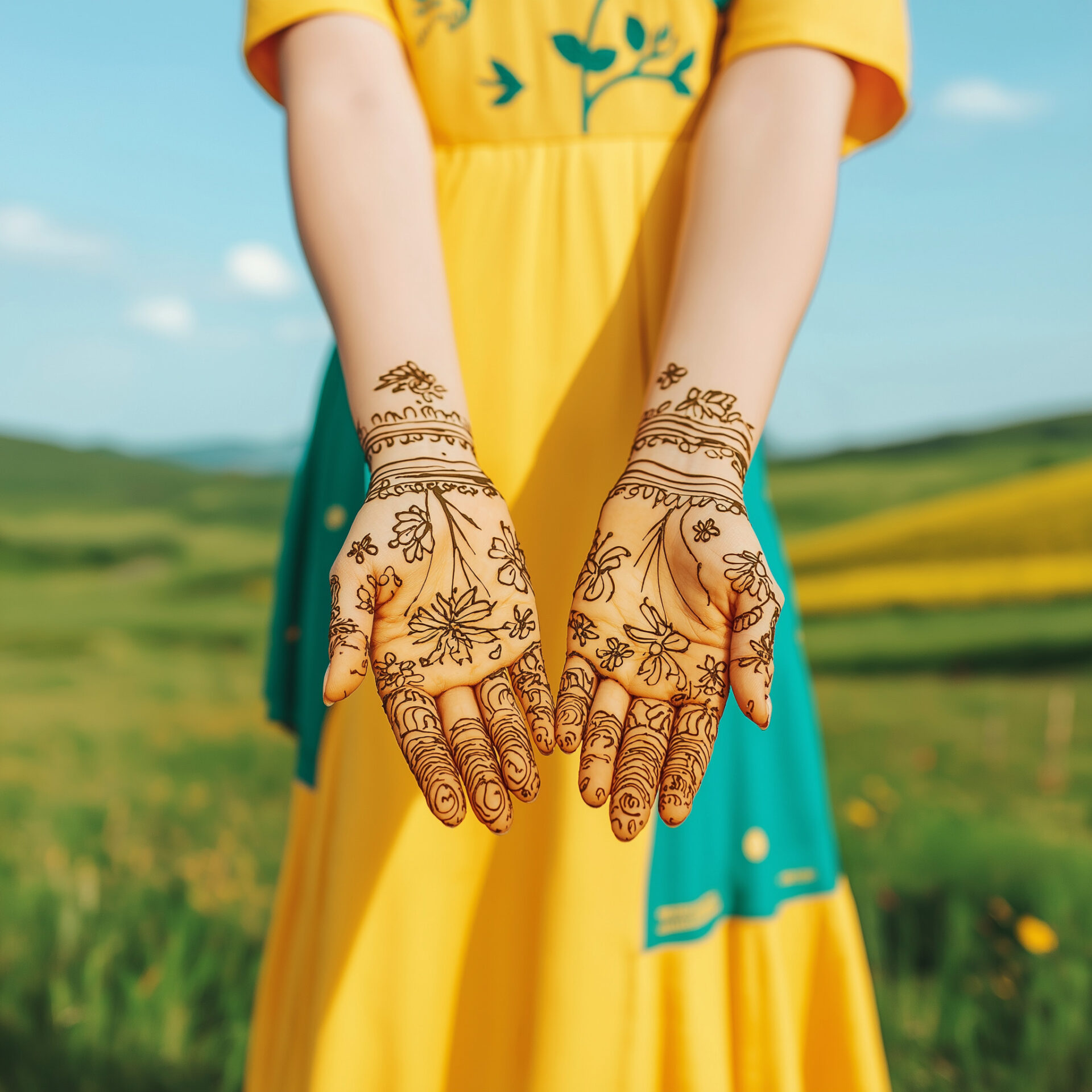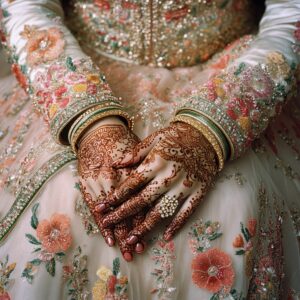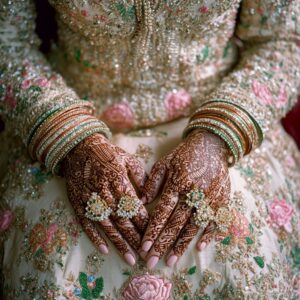Pakistani Bridal Mehndi Designs: A Sculptor’s Perspective on Tradition and Art
As someone who has spent years immersed in the world of sculpture, I’ve always been fascinated by how different cultures express beauty through art. But few things have caught my eye quite like Pakistani bridal Mehndi designs. While my craft involves shaping materials into tangible forms, Mehndi is an art that, despite being temporary, leaves a lasting impression. The intricate patterns that adorn a bride’s hands and feet feel like a perfect blend of structure and fluidity—concepts that resonate deeply with any artist, no matter the medium.
The Craftsmanship Behind Pakistani Bridal Mehndi
In the world of sculpture, balance and symmetry are critical. And surprisingly, these same principles come into play with Pakistani bridal Mehndi. The way the Mehndi artist carefully maps out each pattern—whether it’s floral, geometric, or abstract—requires the same level of precision and attention to detail as carving a statue or shaping a piece of clay.
What strikes me most about Pakistani Mehndi is the way the designs seem to flow naturally with the form of the hand. Like a sculptor shaping a figure, the artist follows the natural contours of the skin, allowing the Mehndi to feel both organic and intentional. Every line, every swirl seems to enhance the shape of the hand, much like the way light and shadow play on the surface of a sculpture.
A Study in Contrast and Detail
One of the most impressive aspects of Pakistani bridal Mehndi is its attention to detail. As a sculptor, I’m used to working in three dimensions, but Mehndi artists have a different challenge—they create depth and texture on a flat surface. It’s all about how the patterns are placed to create the illusion of movement, contrast, and depth.
In Pakistani designs, there’s often a fascinating use of contrast—bold, heavy lines mixed with fine, intricate details. This interplay creates a dynamic visual experience, one that draws the eye in and invites you to explore the design further. It’s similar to how a sculpture can be simple from afar, but the closer you look, the more complexities you discover. Mehndi has that same power—it’s captivating in its subtlety and detail.
The Fluidity of Form and Function
Another thing that stands out to me about Pakistani bridal Mehndi is its fluidity. The patterns seem to move with the hand, creating a sense of motion even when the hand is still. This reminds me of the concept of “negative space” in sculpture—how the areas around an object can shape the way we perceive it.
In Mehndi, the space between the patterns is just as important as the designs themselves. It’s what allows the Mehndi to breathe, preventing it from overwhelming the hand while still maintaining its complexity. The balance between open space and intricate design mirrors the way a sculptor must find harmony between the form they create and the space it inhabits.
In many ways, the Mehndi applied to a bride’s hands is a living, breathing piece of art, one that evolves with time. As the design darkens, it changes, much like how a sculpture might transform under different lighting conditions or as it weathers naturally. It’s a temporary art form, but one that leaves a lasting impression—much like a beautifully carved statue.
The Personalization of Modern Mehndi
What I find particularly interesting is how modern brides are making Mehndi their own. While traditional Pakistani bridal Mehndi is incredibly detailed and rooted in cultural motifs, many brides are now adding their personal touches. Whether it’s incorporating initials, special symbols, or opting for more minimalist styles, there’s a beautiful balance between tradition and personal expression.
From a sculptor’s perspective, this feels like an artistic evolution—one where each bride brings something new to a centuries-old tradition. Much like how sculptors today may blend classical techniques with modern interpretations, Mehndi artists are doing the same, crafting designs that honor the past while embracing the present.
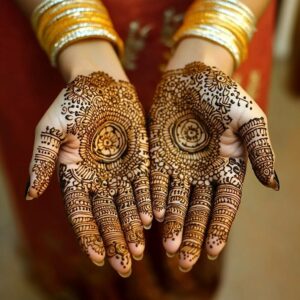
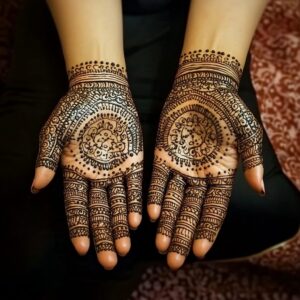
Mehndi Through a Sculptor’s Eyes
For me, Pakistani bridal Mehndi is a perfect reflection of what makes art timeless—it’s rooted in tradition but open to reinterpretation. As a sculptor, I appreciate how Mehndi artists balance structure and fluidity, creating designs that enhance the natural form while telling a personal story. It’s art that lives and breathes with the person who wears it, and though it’s temporary, the impression it leaves is anything but fleeting.
In the end, Mehndi reminds me that art, in any form, is about connection—between the artist and their work, between the form and its function, and between the past and the present. And that’s something truly worth celebrating.
Suggested posts to keep exploring Mehndi designs:
- Groom Leg Mehndi Design – Take a closer look at how grooms are embracing Mehndi with creative and bold designs for the legs.
- Groom Mehndi Design Back Hand – Discover the beauty of Mehndi for grooms with back-hand designs that complement their wedding look.
